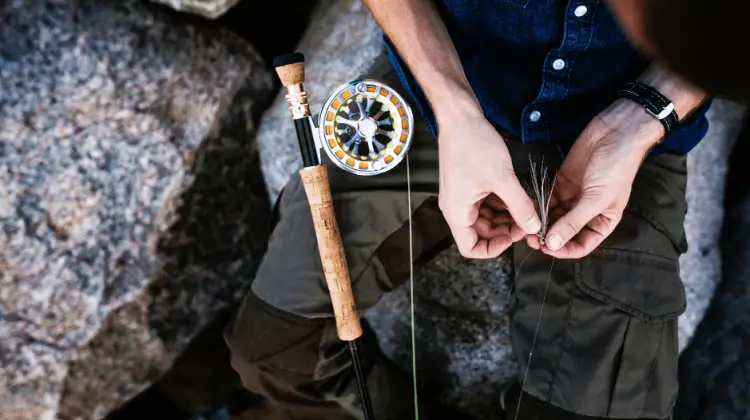
Jig Head Fishing is a skill that needs patience and knowledge of your gear. It’s more than just throwing your line and waiting. It involves picking the right jig head, understanding when to use various types, moving it underwater, and, most importantly, attracting the fish. Jig-head fishing is a great way to catch more fish. It’s changing the way we fish. If you love fishing and want to try new methods, you might enjoy this mix of skill and strategy.
Fishing with jig heads involves knowing your surroundings, learning about fish habits, and using smart moves to draw different types of fish. This method is very flexible and can help you catch more fish, making each fishing trip fun. Now, let’s explore the interesting world of jighead fishing.
What is Jig Head Fishing?
Jig head fishing is enjoyable for fishing enthusiasts. It uses a unique bait known as a jig, which includes a lead weight and a hook. Usually, a soft lure is used to attract fish. This fishing method is more thrilling than normal fishing as it can lure fish even in difficult situations.
Fishing with jig heads works well not only because of how the bait looks but also how you use it to lure fish. Different jig head shapes create different movements underwater, which can attract various types of fish.
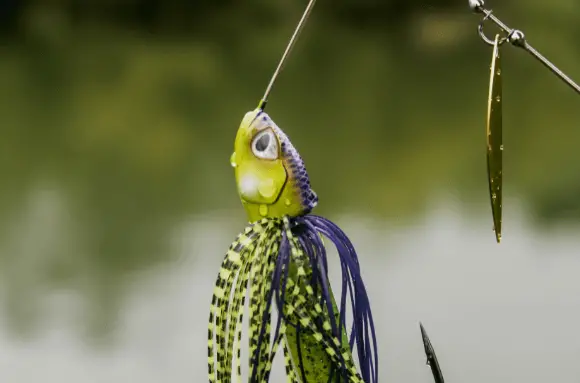
Importance and Evolution of Jig Head Fishing
Jighead fishing is crucial for anglers. This method, which adds weight to a fishing lure or hook to improve its movement, has developed over time. It has consistently shown its value in catching different types of fish in various fishing areas like piers, boats, and deep-sea.
Neolithic humans were always trying to improve their fishing methods, and that spirit of innovation is still alive in today’s jighead fishing. This technique has evolved from simple lead hooks used thousands of years ago to today’s complex designs. Modern jig heads are a combination of art and science, with shapes designed to move smoothly through the water and look like real prey. This evolution shows our ongoing effort to use Earth’s resources more efficiently. It also reflects our love of challenge, which is a key part of sport fishing.
Types of Jig Heads
Different jig heads offer different fishing experiences, similar to the lively movement of sea creatures. Choosing a jig head isn’t just about its shape. Its weight, hook size, and color are also important for creating your ideal fishing gear.
For example:
- Shad Dart Jig Heads make fishing more exciting. Their slim shape and sharp edges mimic a scared small fish moving unpredictably in the water. When you move or twist your fishing rod, it moves in interesting ways, which attracts bigger fish.
- Stand-Up Jig Heads are designed to intrigue fish by standing upright in the water, appearing like an easy meal on the sea floor. The lure becomes even more attractive to predatory fish when it suddenly moves as if it’s been startled. This realistic bait presentation is very effective. Stand-up jig heads are great for catching bottom-dwelling fish like bass and catfish. They stand upright on the sea floor, catching the eye of predators.
- Swing-Head Jigs are versatile and can easily move through rocky bottoms and thick underwater plants without getting stuck.
- Weedless Jig Heads are also unique because their hook design lets them glide over dense cover. This makes it easier to catch fish hiding in underwater plants. Knowing about different types of Jig Heads can help you be more successful in fishing.
- Ball Head Jig is great for all fishing types. Its round shape can mimic anything from a flailing fish to a small underwater insect, making it highly useful.
Picking the Right Jig Head for Fishing
Choosing the right jig head for your fishing trip can greatly affect your success. The jig head’s weight, shape, and hook size matter a lot. These factors depend on the fish you want to catch, the water’s condition, and the season.
Use a heavy jig head for deep, fast-moving waters or to reach deep fish quickly. Choose lighter ones for surface-feeding fish in shallow or calm waters. Select different shapes to copy various prey types – round ones look like small shellfish, and thin, long ones look like worms.
Don’t forget to match the hook size with the bait and expected fish size – use bigger hooks for bigger baits and smaller ones for smaller baits. By following these tips, you could be one cast away from your next big catch.
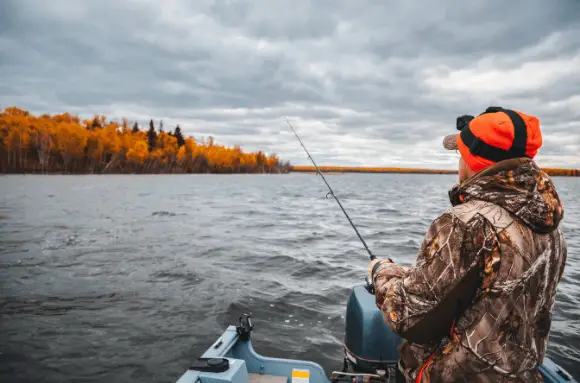
Techniques of Using Jig Heads Effectively
Using jig heads well is interesting because it helps you feel when a fish bites your bait. This skill takes time to learn, but once you get it, you can even feel a tiny bite. Don’t just watch the line; try to understand what’s happening under the water. This can greatly improve your fishing skills.
Controlling the speed of your fishing lure is another important part of using a jig head. The speed can make the difference between catching a fish or not. In cold weather, fish are slow and less active, so a slow lure works best.
In warm weather, fish are more active, so a faster lure is better. You need to know how different fish react to food in different temperatures and change your lure speed accordingly. This makes fishing more than just a hobby; it becomes a fully engaging activity.
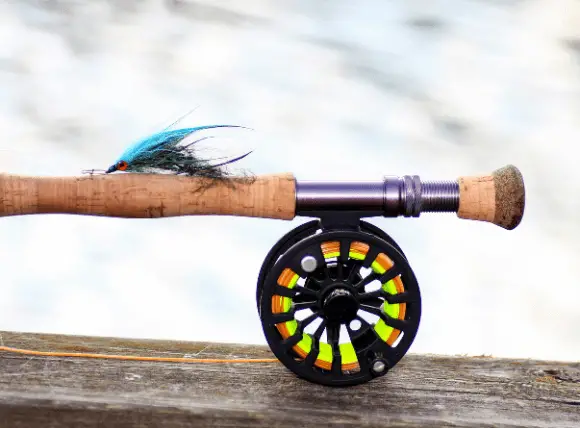
Tips and Tricks for Successful Jigs
Knowing how your target fish behaves is key to getting good at jighead fishing. You can make your jigs look like a yummy meal by choosing the right color and movement. For example, panfish love slow-moving jigs in natural colors like green and brown that match their surroundings. On the other hand, fast-moving silver and white jigs usually attract predator fish like pike and bass.
Secondly, remember that sound is powerful. Rattle jigs work well because they sound like fish in trouble, which attracts nearby predators. Combine this with the jerk bait method, where you jerk your rod back every so often to imitate a hurt fish fighting the water flow. This combo is a winner. Pay attention to these tactics for successful jig head fishing.
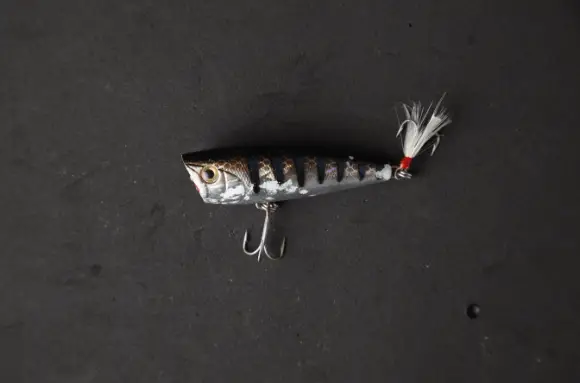
Pros and Cons
Pros
- Jighead fishing is a flexible way to catch many types of fish, making fishing more fun.
- This method needs careful planning and skill to help you become a better fisherman over time.
- You can find jig heads in various sizes and shapes. This lets anglers choose the right one for the fish they want to catch.
- Jig heads can make casting more accurate and controlled because they are heavy.
- They work especially well for fish that feed at the bottom, giving you more chances to catch different kinds of fish.
Cons
- Jighead fishing needs practice and skill, which can be tough for beginners.
- In areas with lots of underwater plants or obstacles, it might not work well because the jig can get stuck and lost easily.
- Sometimes, jig heads can have weak hooks depending on their quality, which could cause you to lose fish.
- You should spend more money on different types and sizes of jigs compared to regular fishing methods.
- Some types of fish might not like or even be scared of certain jigs or their movements. This can make it hard for fishermen who want to catch these specific types of fish.
Common Mistakes to Avoid in Jig Fishing
Jig Fishing is popular, but many anglers make simple mistakes. One big mistake is not controlling the jig’s movement and speed, usually because they’re not good at handling the rod. Remember, speckled perch or crappies don’t like food that shakes all the time; they like natural movements. Your jig should act like real prey, not like it’s doing a non-stop water dance.
Don’t ignore color changes; it could be a costly mistake! Many anglers use only one color without considering water clarity or light conditions. Crappies might prefer chartreuse one day due to certain light conditions but might favor pink or white the next day due to weather changes. Remember, flexibility is key, from your fishing method to your lure colors.
Conclusion
To sum up, to do well in jighead fishing, it’s important to use the right strategies. This includes knowing things like how deep the water is and its temperature, what kind of fish you’re catching, and choosing the best color for your jig. These things can really help you do better on your fishing trips. It’s not just about casting a line into the water but about having a good plan based on different situations.
To get ahead of the fish under your boat or by the river bank:
- Keep trying new things.
- Don’t be afraid to use new jigging methods or try different types and sizes of jigs to attract various species.
- Remember, all professional anglers had to experiment and take risks to reach their level.
You can do it too! Make every cast count to increase your success with Jig Head Fishing.
FAQs
Q. What is jig head fishing?
A. Jig head fishing is a technique where anglers use a lead-headed hook, known as the jig, with various types of bodies to lure and catch fish.
Q. What kind of fish can you catch using jig heads?
A. You can catch many species, including bass, walleye, trout, and even saltwater species like redfish and snapper.
Q. Why is the jig head method gaining popularity amongst anglers?
A. This technique provides versatility in catching various fish species in different water conditions – it combines finesse and strategy effectively, which makes it popular.
Q. How do I choose the right size for my jig head?
A. The choice is largely influenced by the depth of water you’re fishing in and the type of fish you want to catch. Larger jigs sink faster and are suitable for deeper waters or larger fish.
Q. Can beginners try jighead fishing?
A. Absolutely! Jig head fishing can be an excellent starting point for beginners due to its simplicity yet effective results.
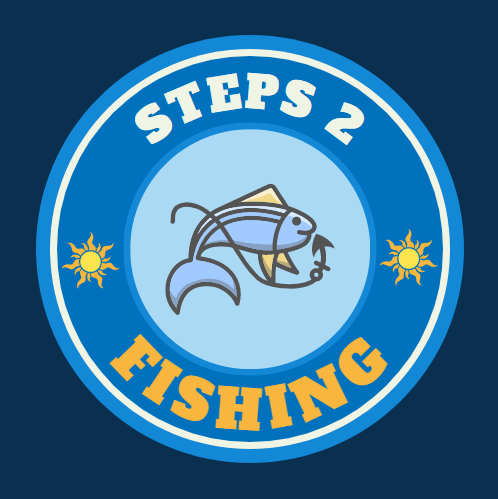

Leave a Reply